Explainer
Want to Cut Back on Meat? Studies Suggest a Flexible Approach Has More Staying Power
Research•7 min read
Explainer
Recent studies on how animals ‘talk’ demonstrates their complexity.
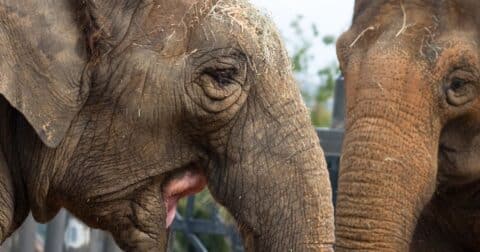

Words by Seth Millstein
A recently-published study found that African elephants have names for each other, and address one another by name. It’s a significant finding, as very few creatures have this ability. It’s also a reminder that when it comes to the science of animal communication, there’s still a whole lot we don’t know. But we’re learning more every day, and the most recent studies on animal communication have come to some truly amazing conclusions.
Elephants are just one of many animals whose communication methods are being reevaluated in light of new evidence. Let’s take a look at that study, as well as a few more.
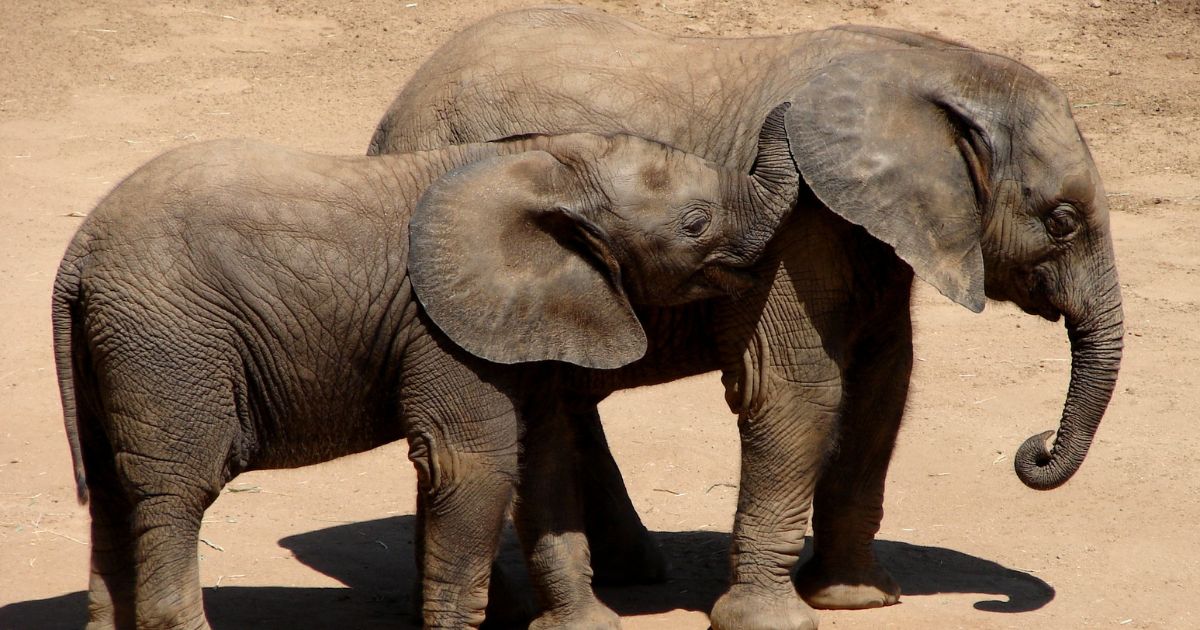
To be sure, elephant communication would be impressive even if they didn’t have names for each other. African elephants speak to one another by using the vocal folds in their larynxes to create a constant, low-frequency rumbling, known as an infrasound. It’s inaudible to humans, but elephants can pick it up from up to just over 6 miles away, and scientists believe that this is how multigenerational, matriarchal herds of elephants maintain cohesion and know where they’re going.
But the revelation that they refer to each other by unique names is a potentially important finding that could help scientists better understand how language evolves in the brain. Only a few other animals use names for each other, as far as scientists know — parakeets and dolphins and ravens, to name a few — and they do so by mimicking each others’ calls. Elephants, by contrast, appear to come up with names for other elephants independently, without imitating another’s call, and this is an ability that no animal — other than humans — were previously known to possess.
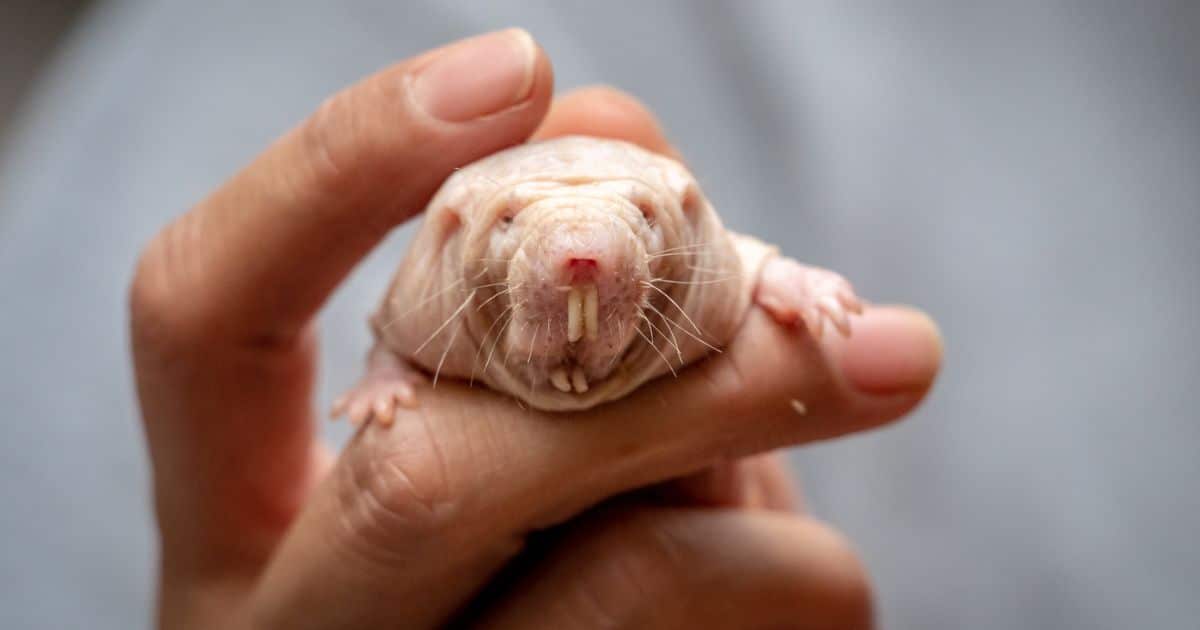
Even if they didn’t look like aliens, naked mole rats would still be some of the strangest creatures on Earth. The blind, hairless rodents can survive without oxygen for up to 18 minutes by metabolizing fructose instead of glucose, an ability normally reserved for plants. They have an extraordinarily high pain tolerance, are almost completely immune to cancer, and perhaps most impressively, don’t die of old age.
But for all of these oddities, recent research has found that naked mole rats do have at least one thing in common with humans, other than possessing relatively little body hair: accents.
It’s been known for some time that naked mole rats chirp and squeak to communicate with one another, but a 2021 study found that each colony has its own distinct accent, and that mole rats can tell which colony another rat belongs to based on their accent. The accent of any given colony is determined by the “queen;” once she dies and is replaced, the colony will adopt a new accent. In the unlikely event that an orphaned mole rat pup is adopted by a new colony, they’ll adopt the new colony’s accent.
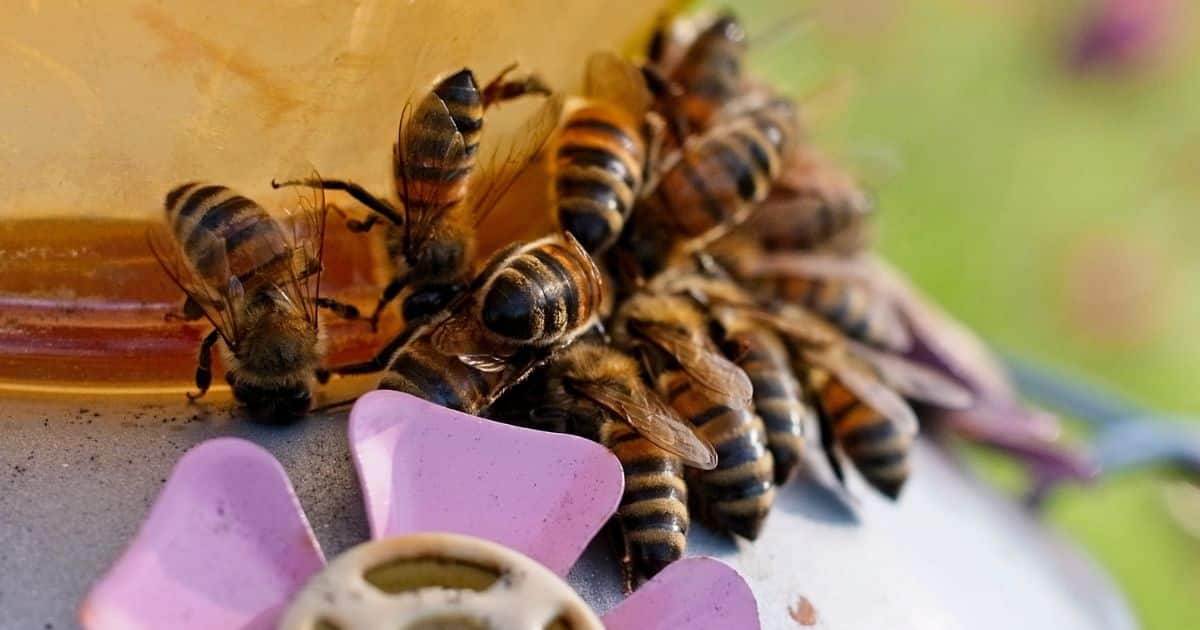
“The waggle dance” sounds like a TikTok trend, but it’s actually an industry term for one of the main ways honey bees communicate with one another. When a foraging worker bee finds resources that might be useful to her nestmates, she communicates this by circling repeatedly in a figure-eight pattern, waggling her abdomen as she moves forward. This is the waggle dance.
The nature of this dance is complex, and communicates valuable information to the other bees; for instance, the direction of the bee’s waggles indicates the direction of the resource in question. Up until recently, however, scientists didn’t know whether the waggle dance was an ability that bees are born with, or one that they learn from their peers.
As it turns out, the answer is a little of both. A 2023 study found that if a honey bee doesn’t observe her elders doing the waggle dance when she’s young, she’ll never be able to master it as an adult. This means that honey bees learn to communicate with each other in much the same way humans do.Studies have shown that if a baby doesn’t hear enough spoken language before the age of one, they’ll struggle with spoken language for the rest of their life.
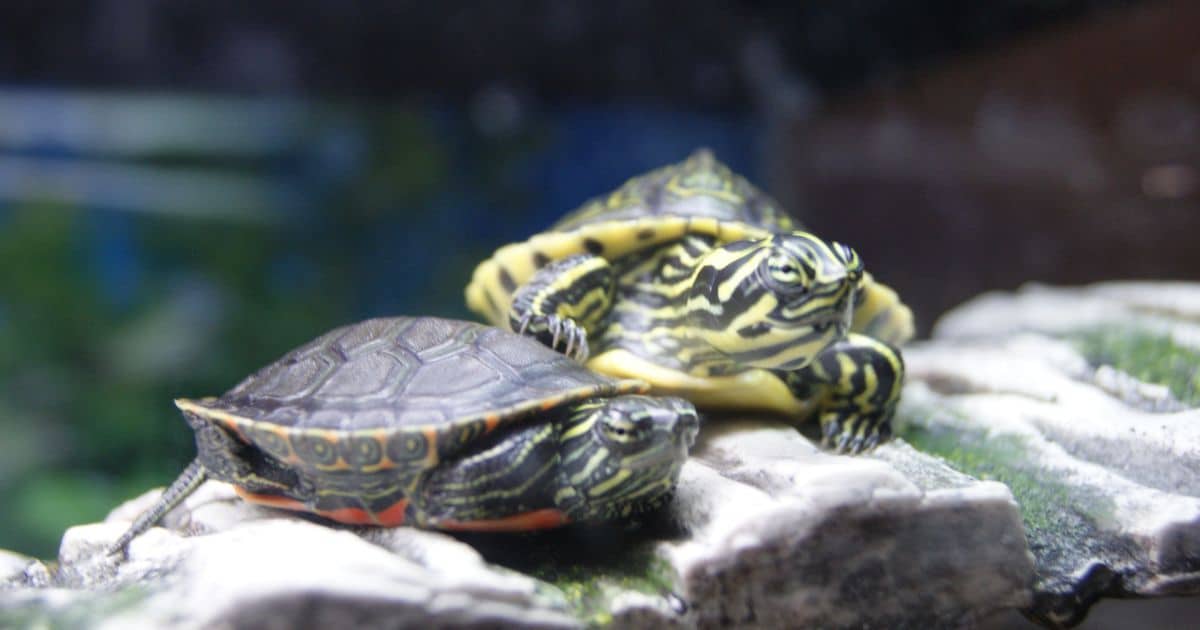
Turtles: not all that vocal. At least, that’s what scientists thought until a couple of years ago, when a doctoral student at the University of Zurich began making audio recordings of his pet turtle. He soon started recording other species of turtles as well — over 50, in fact — and found that all of them made noises with their mouths.
This was news to the science world, as turtles were previously thought to be mute, but it led to a much bigger discovery as well. An earlier study had concluded that vocalization itself evolved independently in several species over time, but when that study was updated to account for turtles, it found that vocalization actually originated in a single species (the lobe-finned fish Eoactinistia foreyi) — and that it arose 100 million years earlier than was previously believed.
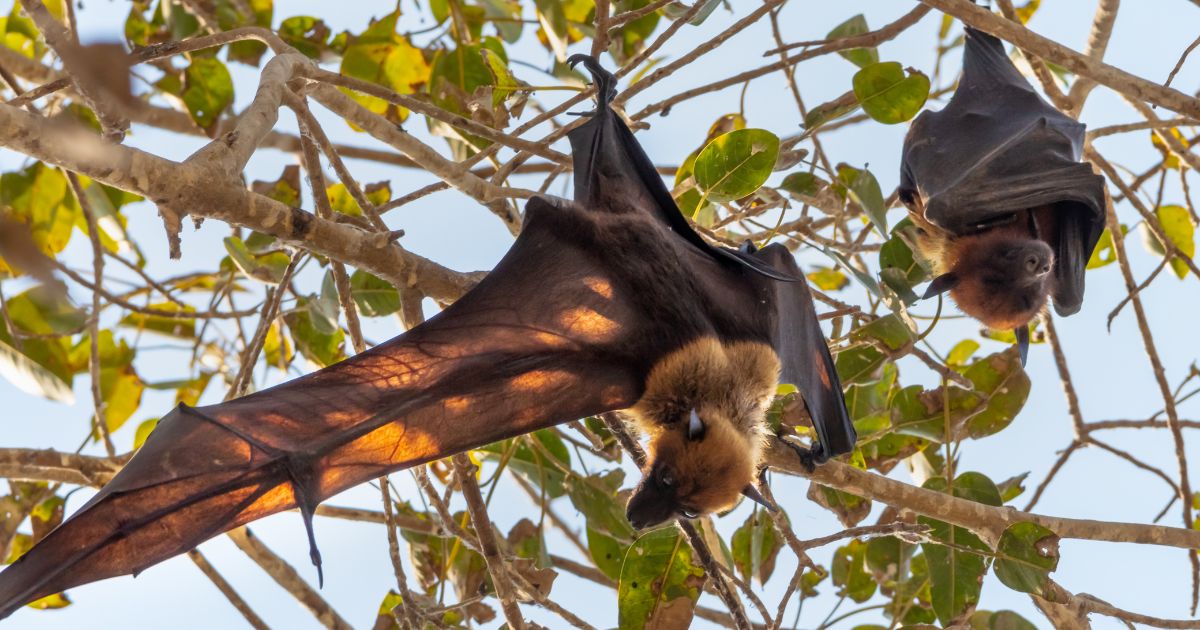
Fruit bats are highly social creatures who live in enormous colonies, so it’s no surprise that they’re adept at communicating with one another. But only recently have scientists begun to decode bat vocalizations, and as it turns out, they’re much more complex than previously thought.
After analyzing almost 15,000 distinct bat sounds, researchers found that a single vocalization can contain information about who the speaker bat is, the reason the vocalization is being made, the speaker bat’s current behavior and the intended recipient of the call. Rather than using “names” for each other as elephants do, the bats used different intonations of the same “words” to signal who they were talking to — sort of like using a different tone with your boss than with your parents.
The study also found that when bats talk, they’re usually arguing. Scientists were able to categorize over 60 percent of bat vocalizations into one of four categories: arguments over food, arguments over perch space, arguments over sleeping space and arguments over mating. The latter category was primarily female bats rejecting the advances of would-be suitors.
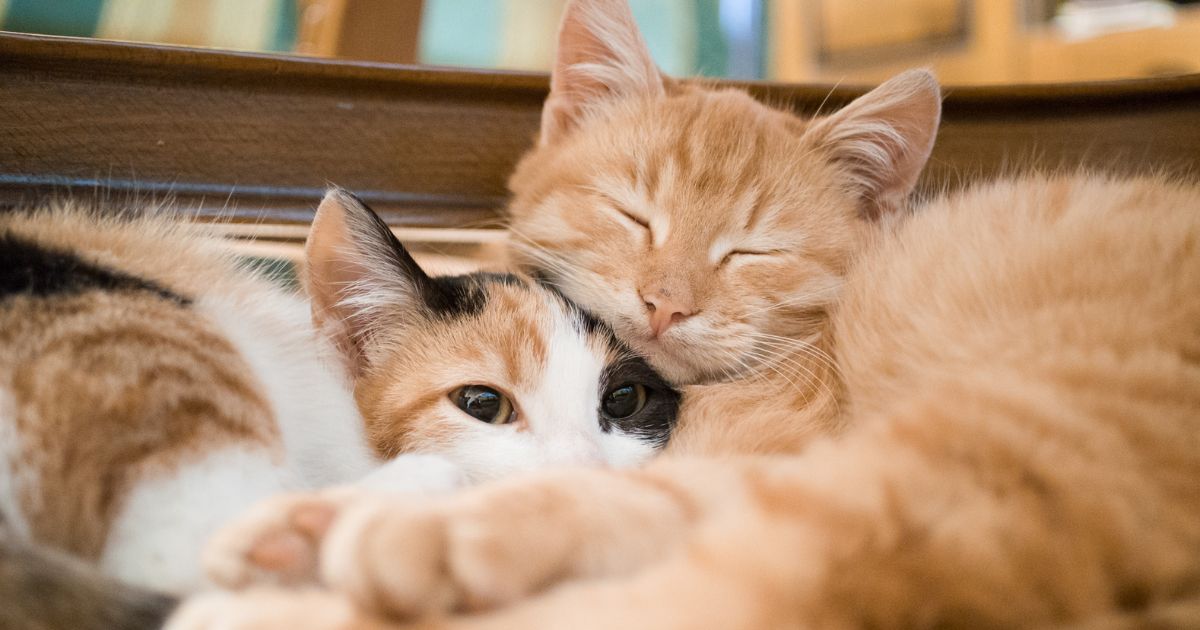
Cats are often thought of as stone-faced and anti-social, but a 2023 study found that this couldn’t be further from the truth. For a year, researchers recorded the interactions of 53 cats living in a colony at a Los Angeles cat cafe, meticulously cataloging and coding their facial movements.
They found that the felines displayed 26 different facial movements while interacting with one another — parted lips, dropped jaws, flattened ears and so on — and that these movements combined with one another in various ways to create a whopping 276 distinct facial expressions. (Chimpanzees, for comparison, are capable of 357 different expressions.)
The researchers further determined that 45 percent of the expressions cats displayed to one another were friendly, while 37 percent were aggressive and 18 percent were ambiguous. The fact that a plurality of cat expressions were friendly suggests that they’re more social creatures than previously thought. The researchers suspect that they picked up these social tendencies from humans during the domestication process.
There’s still a whole lot that we don’t know about how the many species of the world communicate with each other, and some forms of animal communication are so far removed from ours that they’re difficult for us to relate to in any meaningful way.
But just as often, research finds that animals communicate in ways that aren’t so different from our own. Like naked mole rats, we have distinct accents based on where we’re from. Like coral groupers, we rally our friends to grab food when the opportunity comes. And like bats, we snap at people who hit on us when we’re not interested.
Our knowledge of animal communication is growing by the year, and some have suggested that this knowledge might eventually lead to stronger animal welfare laws. In a 2024 paper published in the Fordham Law Review, two professors argued that animals capable of communicating complex emotions and ideas to humans — or, to put it differently, animals whose communications we are able to decode and interpret — should be granted additional legal protections.
“[These protections] would not only transform how the law interacts with nonhuman entities,” the authors wrote, “but also redefine humanity’s relationship with the natural world, fostering a legal and ethical framework that is more reflective of the diverse forms of intelligent life on our planet.”